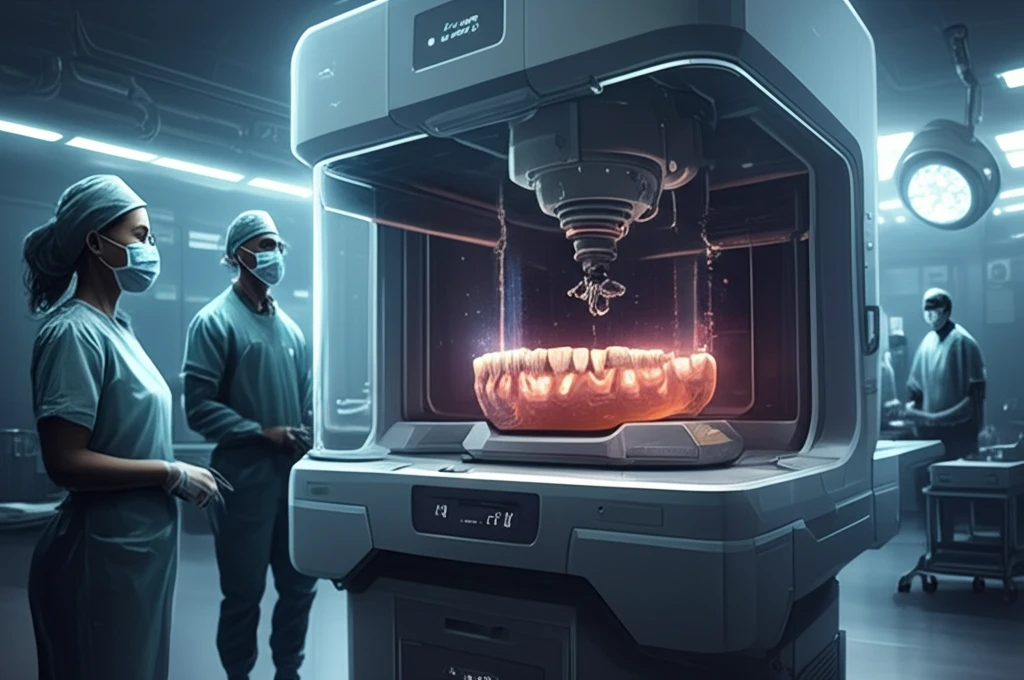
3D Printing: Revolutionizing Oral and Maxillofacial Surgery?
"Discover how 3D printing is reshaping tissue regeneration and surgical outcomes in oral and maxillofacial procedures."
Imagine a world where surgical procedures are less invasive, more precise, and lead to quicker recoveries. In oral and maxillofacial surgery, this vision is rapidly becoming a reality thanks to the advent of 3D printing. This cutting-edge technology is not just a futuristic dream; it's a tangible tool transforming how surgeons approach complex reconstructions and tissue regeneration.
The ultimate aim of any surgery is to improve both form and function while minimizing post-operative issues. Recent years have seen exciting technological leaps in oral and maxillofacial surgery, and 3D printing stands out as a particularly promising area. Its potential in regenerative medicine is especially noteworthy, offering new solutions for creating biological alternatives to traditional grafts, implants, and prostheses.
At the heart of tissue engineering are scaffolds—structures that guide the growth of stem cells in three dimensions. These scaffolds need to be strong, interconnected, and have controlled porosity. While existing 3D scaffolds have shown promise, they haven't always been ideal for clinical use. This article delves into the exciting advancements in rapid prototyping techniques and their role in designing and creating synthetic scaffolds for tissue engineering, as well as the emerging field of 'bioprinting.'
The Rise of 3D Printing in Surgery

Three-dimensional printing, also known as rapid prototyping, first emerged in the 1980s. Since then, it has undergone significant evolution, with scientists continually refining its uses, materials, and accuracy. With increasing attention from the scientific community, recent studies have highlighted the feasibility of 3D-printed tissues and organs and their application in various clinical scenarios.
- Enhancing perioperative form
- Facilitating faster recovery of function
- Minimizing operative and post-operative morbidity
Looking Ahead: The Future of Bioprinting
The goal of tissue engineering is to create functional tissues and organs for regenerative therapies and, ultimately, organ transplantation and replacement. While the journey has been marked by trial and error, 3D bioprinting offers a clearer path forward. Researchers are continually refining techniques to ensure that fabricated tissues are as similar as possible to natural tissues, integrating seamlessly and functioning effectively within the human body. The future of bioprinting holds immense promise for revolutionizing how we approach medical treatments and patient care. With ongoing research and innovation, the possibilities are endless.
